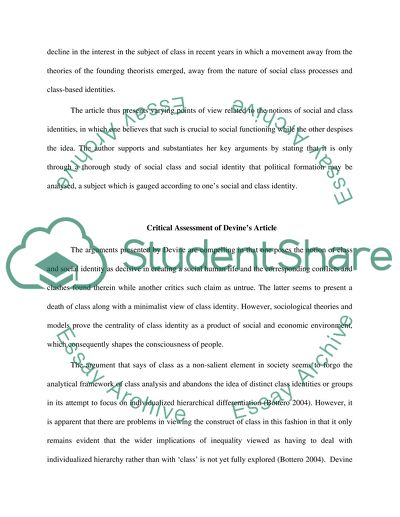Cite this document
(“Class, Social Identity and Race Book Report/Review”, n.d.)
Class, Social Identity and Race Book Report/Review. Retrieved from https://studentshare.org/sociology/1517130-class-social-identity-and-race
Class, Social Identity and Race Book Report/Review. Retrieved from https://studentshare.org/sociology/1517130-class-social-identity-and-race
(Class, Social Identity and Race Book Report/Review)
Class, Social Identity and Race Book Report/Review. https://studentshare.org/sociology/1517130-class-social-identity-and-race.
Class, Social Identity and Race Book Report/Review. https://studentshare.org/sociology/1517130-class-social-identity-and-race.
“Class, Social Identity and Race Book Report/Review”, n.d. https://studentshare.org/sociology/1517130-class-social-identity-and-race.


